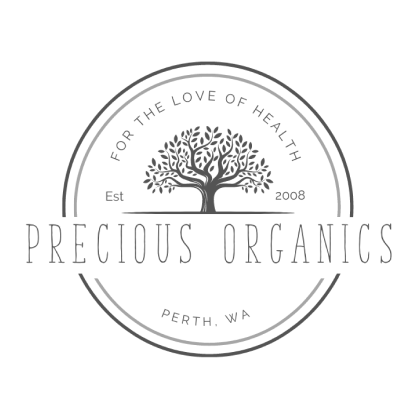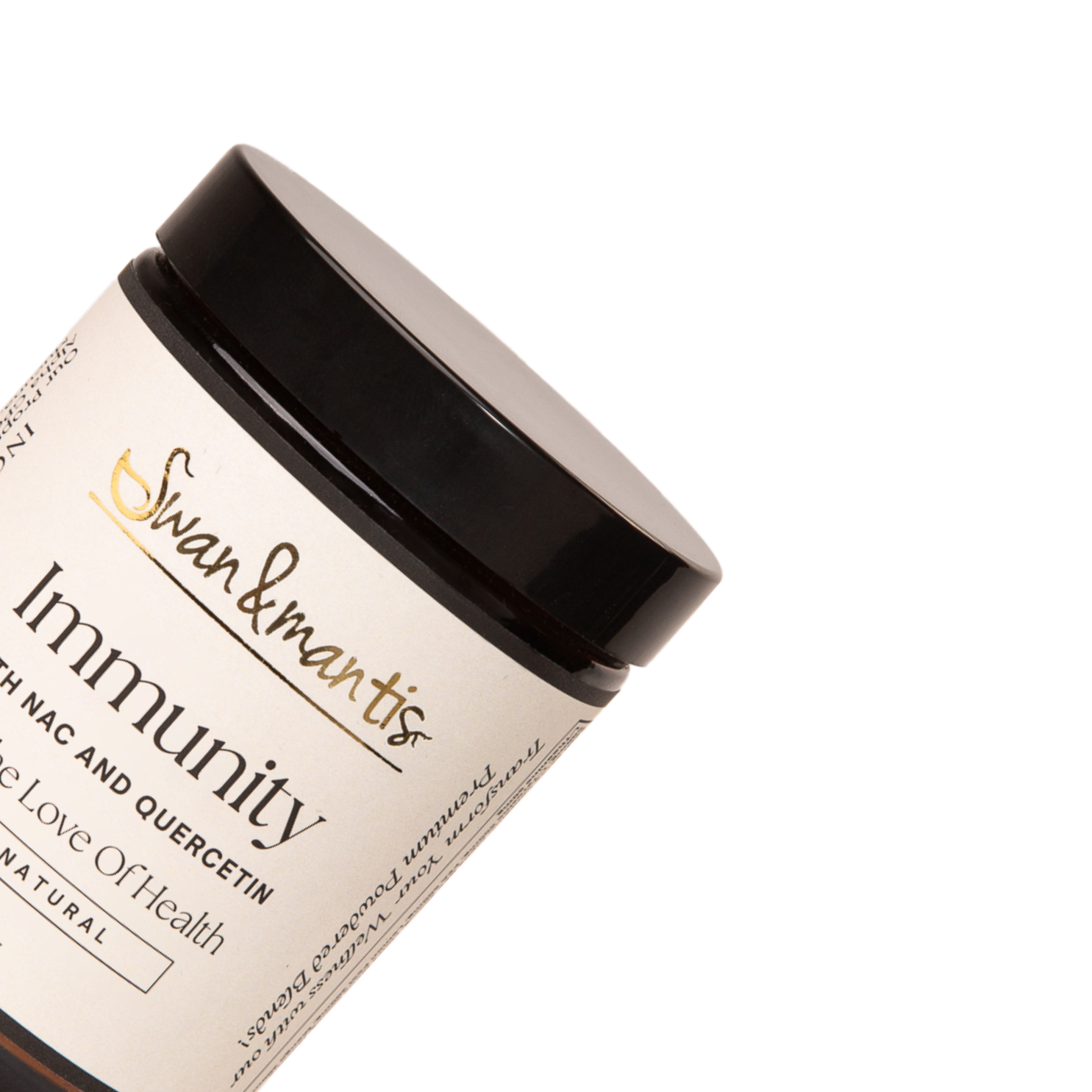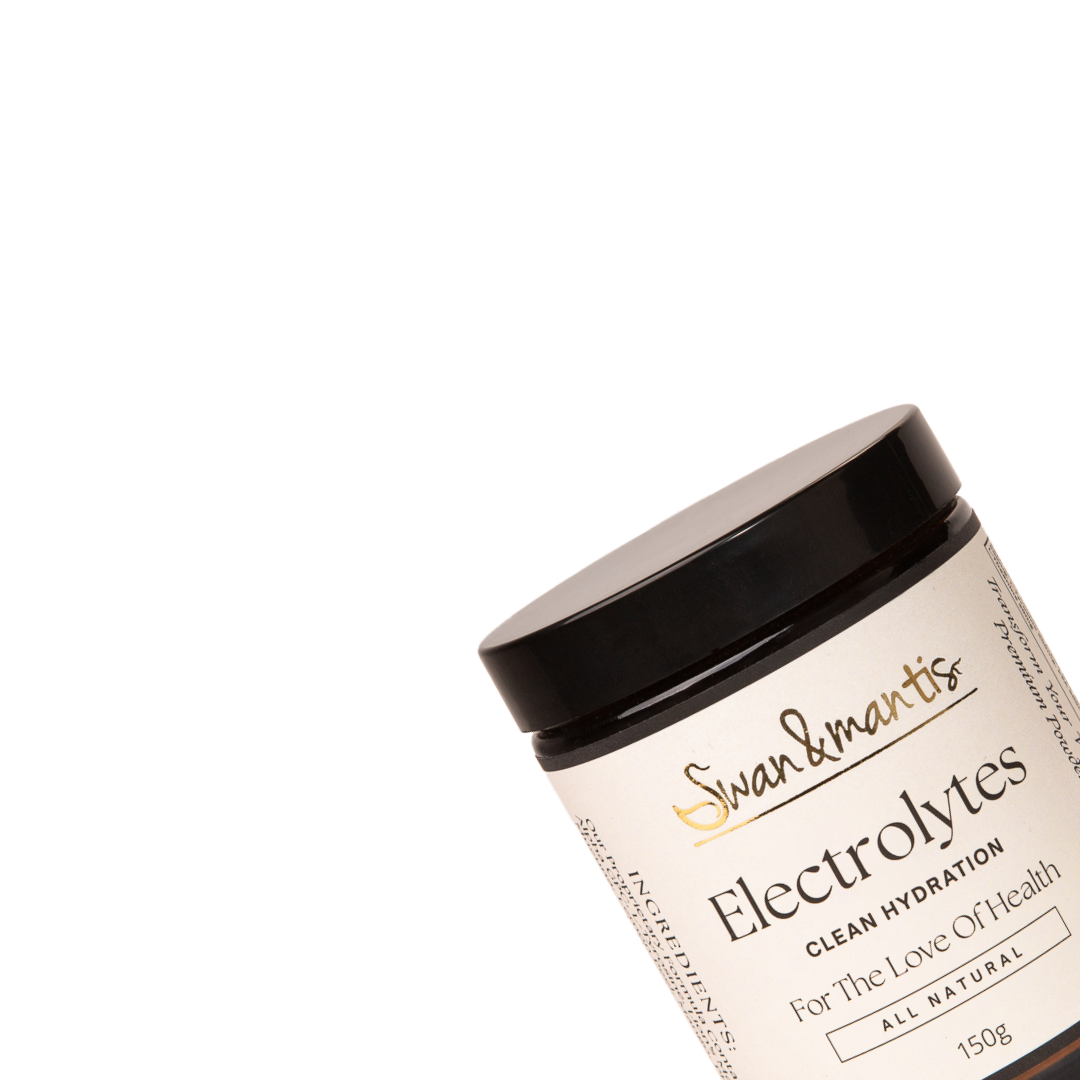LECTIN ELIMINATION DIET
- Drink pure fresh organic carrot juice for 3 to 15 days (do until you feel good). You do not eat or drink anything else. Don't let yourself get hungry, drink up to 4 litres a day if you have to, 2 to 3 liters a day is common. You can drink spring water like Apostle or distilled. Take Dr Christophers lower bowl formula or Herbal Fiber Blend 3 times per day if you have bowl problems or a big gut. If you get strong detox reactions drink plenty of water. Camu Camu will help. Nausea vomiting will be eliviated with a strong tea of ginger, peppermint and clove. But most important, don't stop the fast till you feel good!
2.Eat food, according to your blood type, listed in the beneficial column that is low in LECTINS (high lectin foods are grains, nuts, seeds, beans & legums) Dairy and Deadly Nightshades(potatoes, tomatoes, peppers, capsicum, eggplant, cherries, tomatillow, huckleberry, ramarillos, pepinos, naranjillas, pimentos) . Do this for 7 days. Then introduce one food at a time. This can be any food except food in the not allowed column. Eat the selected food in high amounts for 3 meals for one day only. Observe how you feel during the day and the next two days. If there are no undesirable effects then you can include this food with the foods you have already been eating. If you have any undesirable effects then do not eat this food for at least six months, after which you may try it using the above advice to see if you can now tolerate it, otherwise leave it out of your diet for good. Continue introducing one food every 4 days until you have tested all the foods that you would like to eat. Continue taking the bowel herbs. You can take other supplements after the initial 7 days of low lectin foods that are beneficial food for your blood type. I recommend juicing with our super food blend. Ask the staff for a booklet called “THE USES OF JUICES” for some good juice recipies.
3.If the low lectin diet does not work or has a partial benefit only, then you may have to avoid foods high in Amines, Salicylates and Glutamates. See the food list attached for foods high in these potential risks.
GUIDES
Eat only organic, biodynamic, and chemical free food.
Eat simple whole food.
Prepare your own food from whole, raw food so that you know what's in it.
Read the “THE LECTIN REPORT” to find foods high in LECTINS and Deadly Nightshades .
Do not eat processed food.
Do not eat refined foods or foods with artificial colours, flavours or preservatives.
Do not eat Deli meats such has sausages, pickeled meats, smoked meats.
Do not eat Soy or any Soy products. No TVP
Do not eat Linseed.
Do not eat Pasteurized dairy foods
FOODS HIGH IN AMINES
The following information is for those placed on a “Low Amine Diet” by their physician…
FRUIT Negligible: apple, apricot, blueberry, gooseberry, lime, peach, pear, rhubarb, strawberry Low: black currant, cherry, grapefruit, honeydew melon, mandarin, red currant, cantaloupe Moderate: dates, kiwi fruit, orange, passion fruit, tangerine High: avocado, banana, fig, grapes, lemon, pineapple, plum, raspberry
VEGETABLES Negligible: asparagus, cabbage, carrot, celery, corn, cucumber, French bean, green pea, lettuce, lima bean, onion, potato, radish, soy bean, turnip, zucchini Moderate: broccoli, cauliflower, dill pickle, olives High: eggplant, mushroom, tomato Very High: sauerkraut, spinach
MEATS, CHICKEN & FISH Low: beef, chicken, lamb Moderate: chicken liver, ham, salami, salmon, tuna High: bacon, mackerel, pork, sardines Very High: beef liver, chicken skin, fish marinades, fish meat, herring, mackerel (dried), sardines (dried), sausage, tuna (canned)
CHEESE Negligible: cottage cheese, ricotta cheese, cream cheese, all fresh cheeses Very High: brie, camembert, Cheshire, cheddar, cracker barrel, Danish blue, Dutch Gloucester, Edam, Emmental, English Cheshire, Gouda, Gruyere, Jarlsberg, Leicester, Liederkratz, Limburger, mozzarella, muenster, parmesan, processed cheese, provolone, Roquefort, Romano, Stilton, Swiss
NUTS Negligible: acorn, American chestnut, buckeye nut Low: almond, beechnut, cashew Moderate: Brazil nut, filbert High: English walnut, mackernut Very High: black walnut, butternut
SWEETS High: milk chocolate, white chocolate Very High: dark chocolate
CONDIMENTS High: Bonox, meat extracts, soy sauce, Vegemite Very High: Marmite
DRINKS Moderate: ale, champagne, sake, stout High: beer, Chianti, claret, drinking chocolate, fruit wines, port, red wine, sherry, white wine
Foods rich in glutamate and aspartate:
Grains: Wheat, barley, and oats are highest. Corn and rice are lower than the previous three but higher than potatoes.
Dairy Products: All Cheeses (cheddar, Swiss, Monterey Jack, Mozzarella, PARMESAN) are very high. Casein is very concentrated in cheese and is 20% glutamic acid by composition.
Beans: Soy, Pinto, lima, black, navy, and lentils
Seeds: Sunflower, pumpkin, etc.
Peanuts: Very high, as are cashews, pistachios, and almonds. Everything in moderation applies when eating nuts of any kind. So, I do not recommend you reach for nuts when you are really hungry unless you can stop after a few. Nuts are very good for you..in moderation. For example, seven almonds a day gives you what you need .
Diet drinks: Primary source of aspartate (aspartame/Nutrasweet)
Prepared foods, soups: 70% of prepared foods and many soups have MSG
Foods high in Salicylates
|
Definition |
|
The aim of the Low Salicylate Diet is to reduce the amount of Salicylates in the diet. Salicylic acid is found naturally in many fruits and flavourings and is a common trigger for Hyperactivity or Hives. Remember these conditions may have many different causes or triggers. |
|
Description |
|
The aim of the Low Salicylate Diet is to keep the amount of salicylates below the level at which symptoms appear. This level will vary from person to person and may change in the one person in different circumstances. For example, in times of added stress, you may react to a smaller dose of salicylate than at other times. Complete elimination of Salicylates may make the diet unnecessarily restrictive and nutritionally inadequate. |
|
Signs of Salicylates intolerance/allergy
Diet Should Be High In |
|
1) Vitamin C-rich, low salicylate foods. Reducing foods high in salicylates can also reduce your intake of vitamin C. The following foods are very low in salicylate but high in vitamin C and can be eaten when desired: - Peeled pear, bananas, golden apples. - Pawpaw. - Potato. - Cabbage, Brussels sprouts, green beans. - Green peas, shallots, chives, parsley and leeks. - Dried beans and lentils. 2) Beverages. The following beverages have low salicylate content and can be consumed when desired: - Decaffeinated coffee. - Some alcohol: gin, whisky and vodka. 3) Food additives low in salicylates: - Poppy seeds, cashews, garlic. - Vanilla, golden and maple syrup, cocoa, carob. - Malt vinegar, soy sauce and saffron. |
|
Diet Should Be Moderate In |
|
1) Some fruits and vegetables. The following foods have a moderate amount of salicylates and can be eaten occasionally: - Red apples, lemon, figs, rhubarb, mango, pear with peel. - Broccoli, spinach, cauliflower, asparagus. - Carrots, pumpkin, sweet potato, parsnip. - Onion, mushrooms, sweet corn, beetroot. 2) Beverages. The following beverages have a moderate amount of salicylates and can be consumed occasionally: - Instant coffee. - Tea: decaffeinated, fruit, rosehip and chamomile. - Fruit juice, beer, sherry and brandy. |
|
Diet Should Be Low In |
|
1) Fruits and vegetables. The following foods are very high in salicylates and should be consumed very sparingly, or even eliminated: - Dried sultanas, prunes, raisins, currants. - Grapefruit, passionfruit, avocado, mandarin, nectarine, watermelon, kiwi fruit, green apples. - All berries. - Orange, plums, dates, melons, grapes. - Tomatoes, radish, capsicum, zucchini. - Eggplant, live sprouts, cucumber, broad beans. - Pickles, gherkins, olives, chilli peppers. 2) Food additives: - Most dried, packaged herbs and spices. - Yeast products: vegemite, marmite, promite. - Most artificially flavoured products such as sweet sauces, lollies, toppings, yellow food dye number 5 (tartrazine). 3) Beverages: - Some alcohol: all flavoured liqueurs, port, wine and rum. - Tea: all caffeinated black leaf tea, peppermint tea. - Flavoured coffee or coffee substitute drinks. |


